I recently blogged about NPK (Ref 1, Ref 2), which stands for Nitrogen (N), Phosphorus (P), and Potassium (K), the three essential nutrients that are the backbone of any good fertilizer. In fact, these three numbers on a bag of fertilizer represent the percentage of each nutrient, in that exact order. For instance, a 5-5-5 fertilizer would contain 5% nitrogen, 5% phosphorus, and 5% potassium. But here’s a little twist: if you take a moment to look up the NPK value of bananas, you’ll never look at a banana peel the same way again. Trust me, those peels are a goldmine for your garden. But I digress…
I’m a regular at the Starbucks in Newburgh, NY (Ref 1, Ref 2), where I swing by for my usual cold drink. But here’s where it gets interesting—almost every time I walk in, I spot a bucket near the entrance, brimming with plastic bags full of spent coffee grounds. It’s like a secret treasure chest waiting for me to claim. Without hesitation, I announce, loud enough for anyone within earshot to hear, “I call dibs on the coffee grounds!”

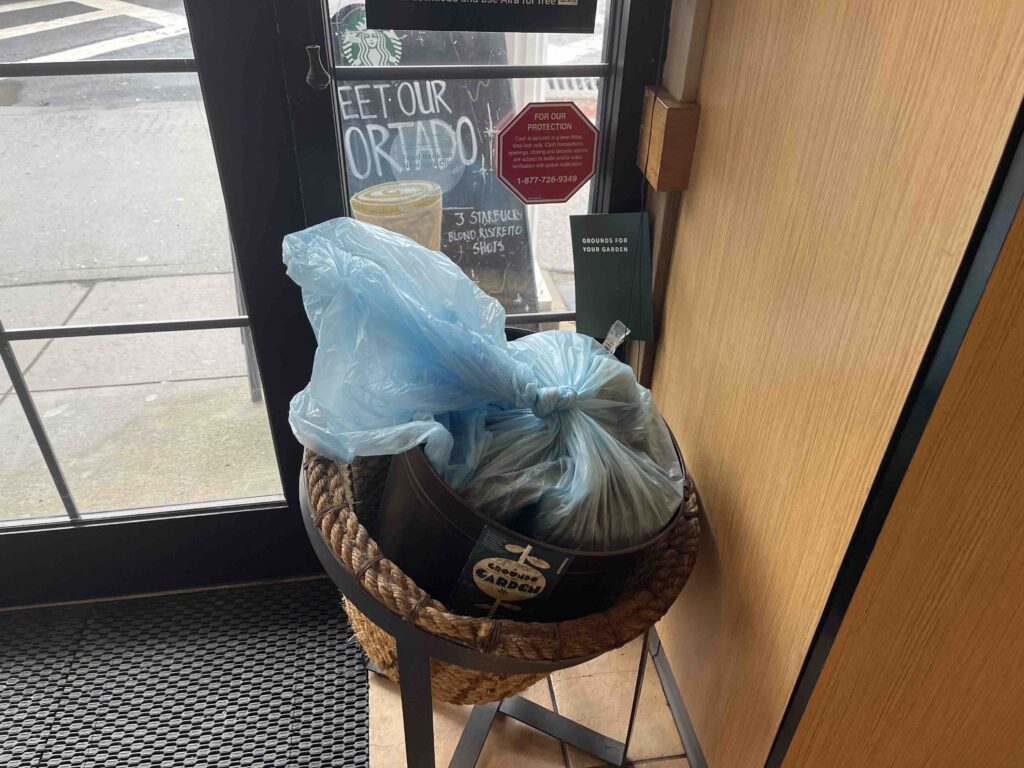
It’s a win-win situation. Not only do I score a free, eco-friendly boost for my garden soil, but I also get to take their ‘waste’ off their hands. It’s like I’m doing a public service, hauling away their trash while transforming it into nutrient-rich compost for my plants. Honestly, it’s a small, quirky ritual that makes me feel like I’m living the best of both worlds—helping the planet and enriching my garden at the same time.
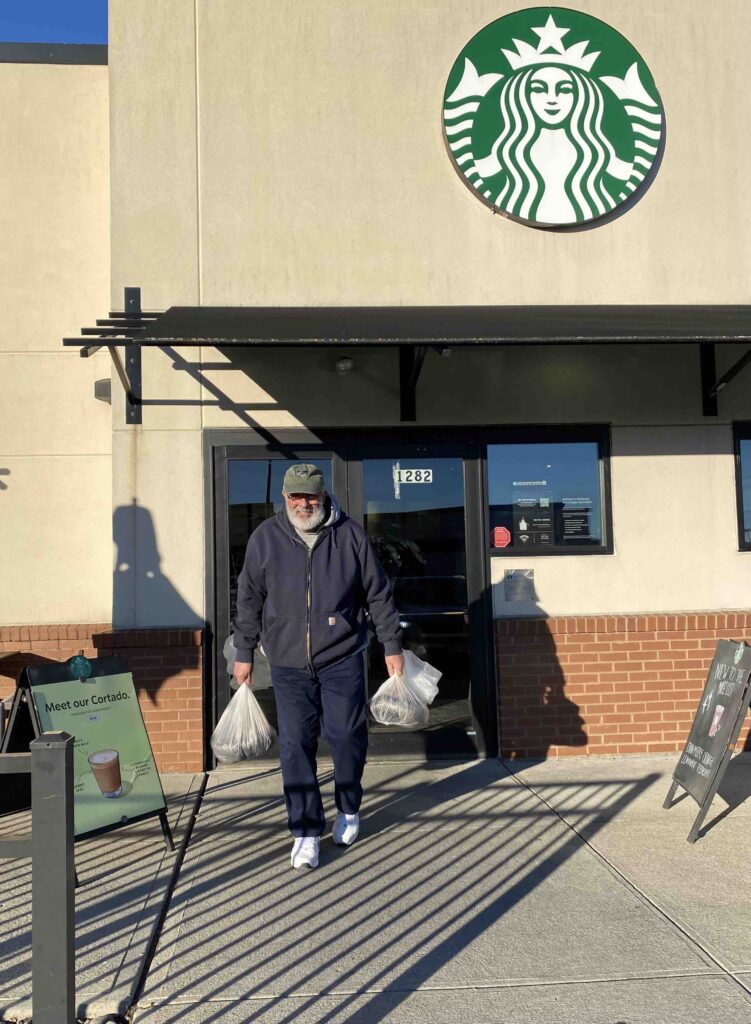
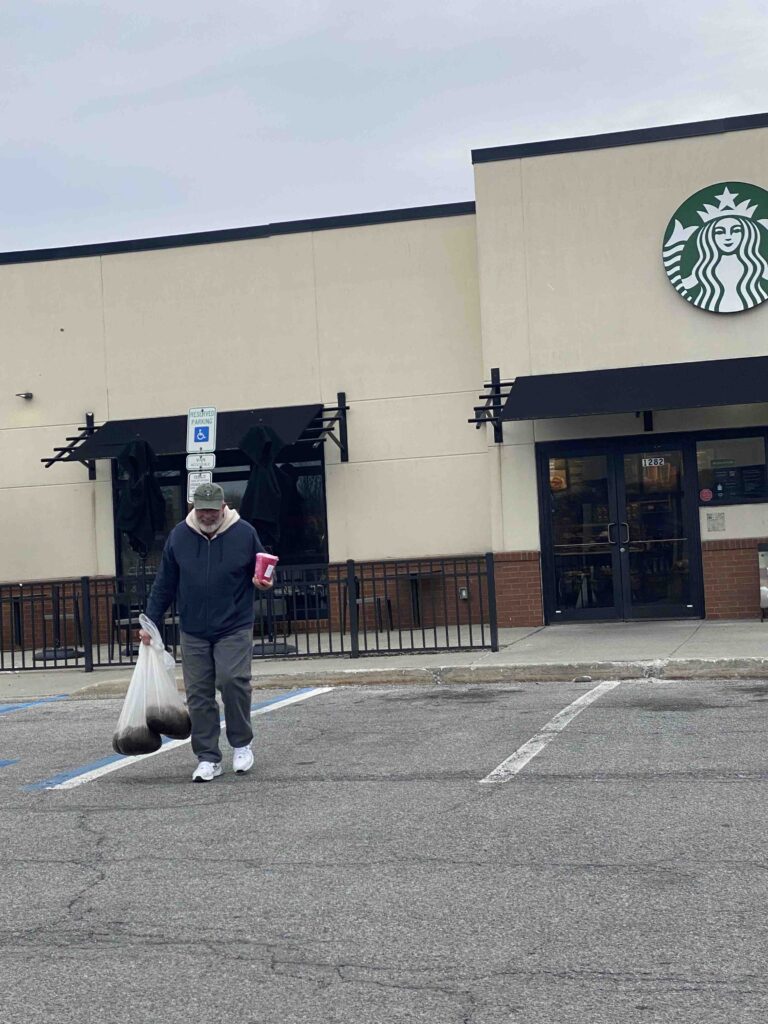
I’ve discovered a multitude of ways to put my coffee grounds to good use around the garden. First off, I add them to my compost. The best time to do this is when I rotate the compost, giving it a nice little boost of nitrogen and helping to accelerate the decomposition process. It’s like a little energy shot for my compost pile.
I also mix the coffee grounds into the top few inches of my raised beds. It’s a simple, yet effective way to enrich the soil with nutrients and improve its texture. The grounds break down gradually, adding a subtle richness to the earth as they decompose. But here’s one of my favorite tricks: I scatter the coffee grounds around areas where I’ve noticed squirrel or chipmunk activity. These little critters aren’t fans of the strong, bitter scent of coffee, so they tend to steer clear. Of course, it’s not a permanent solution—you have to reapply the grounds every week or so, as the smell fades with time, but it works like a charm.
Now, as of today—May 12th—I’ve just picked up three bags of spent coffee grounds, which I’ve happily spread across two of my garden beds. One bed is home to three fig trees: two Red Lebanese and one Violette de Bordeaux. The other bed is larger, and although it currently has just one fig tree, I’m planning to plant several San Marzano tomato plants there soon. With the coffee grounds working their magic, I can’t wait to see how the plants thrive this season.
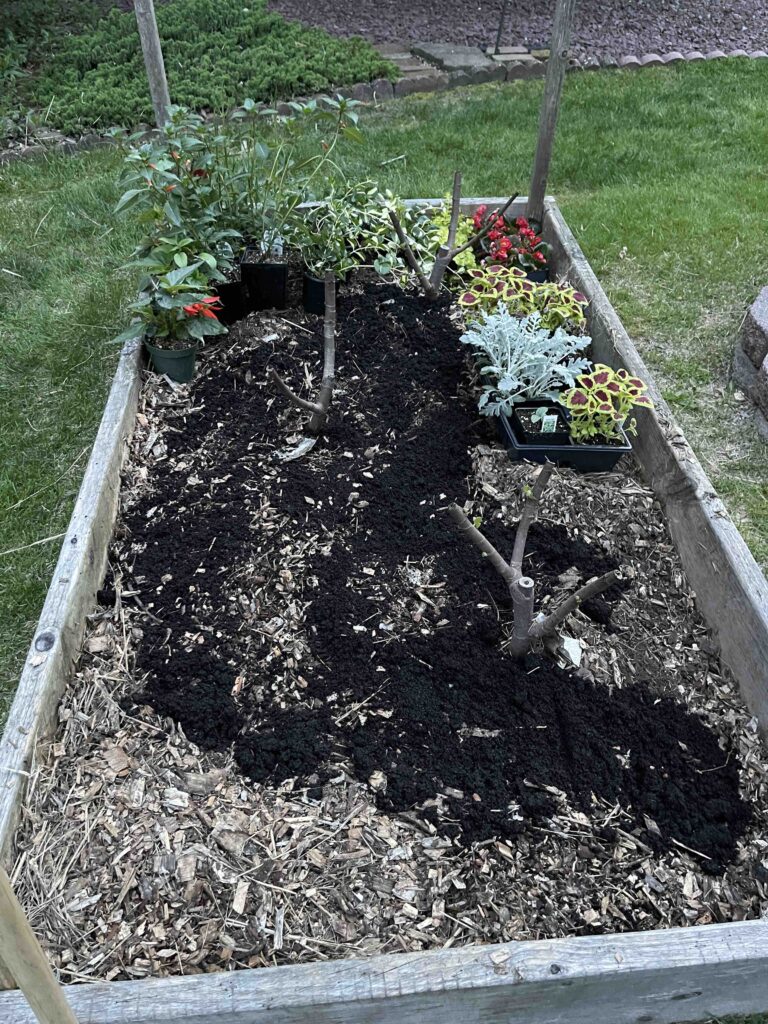
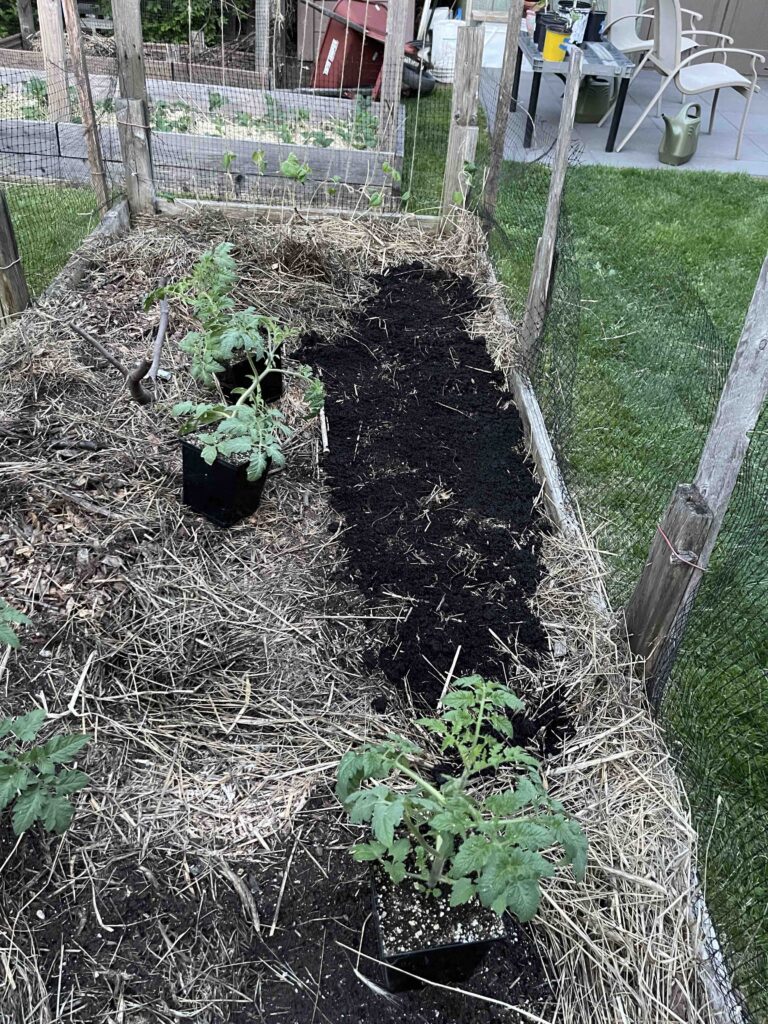
If you’d like to reach out to me privately, please use the contact form on this site.
Stay tuned, keep on rootin’ and happy growing!
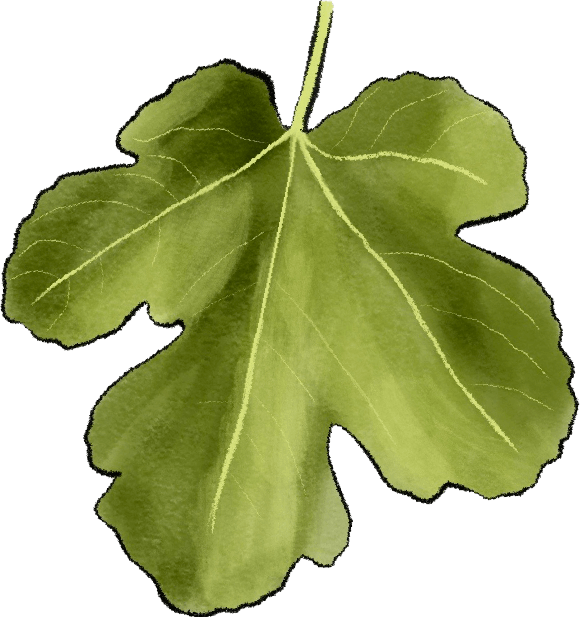
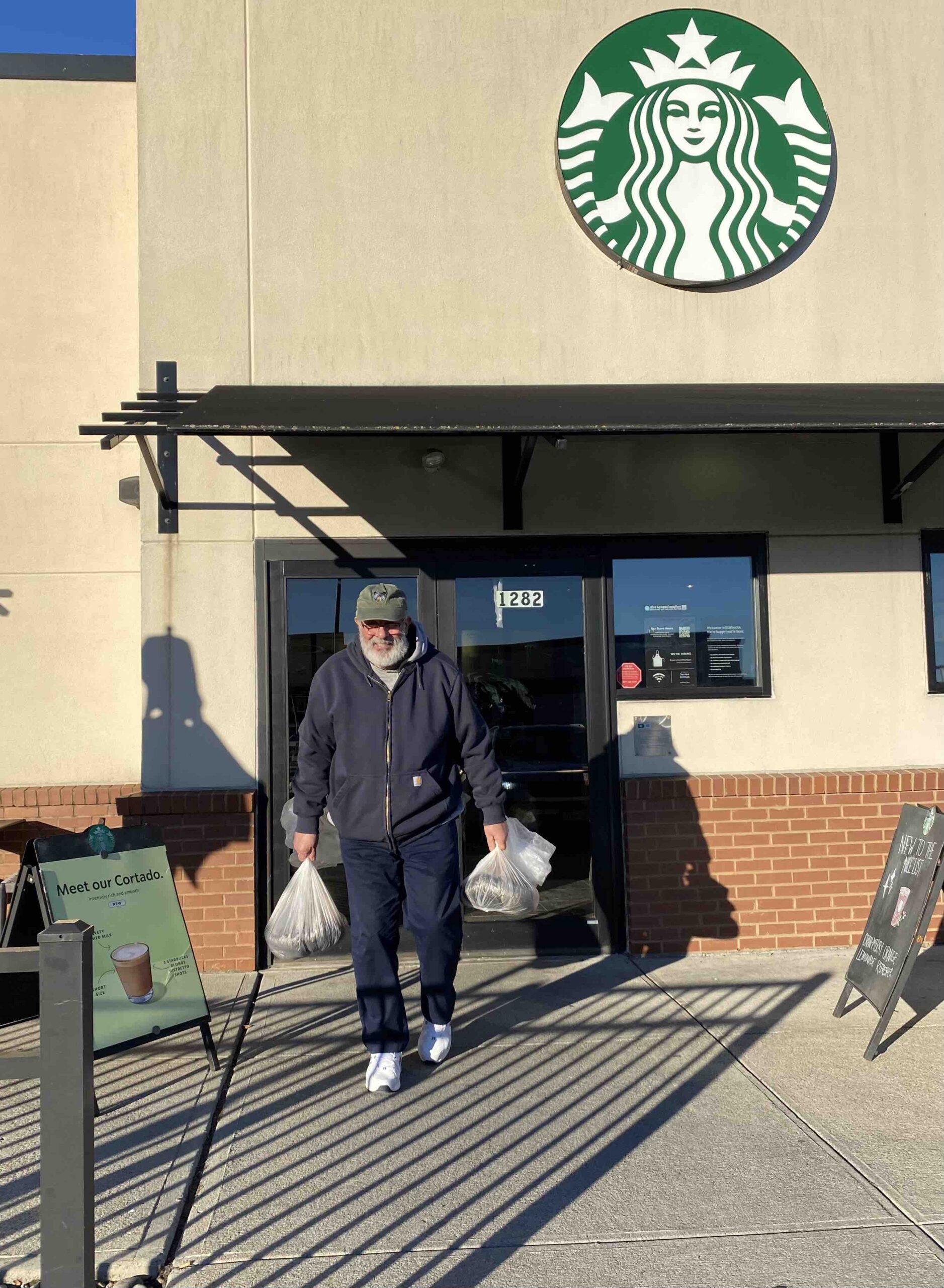
Leave a Reply